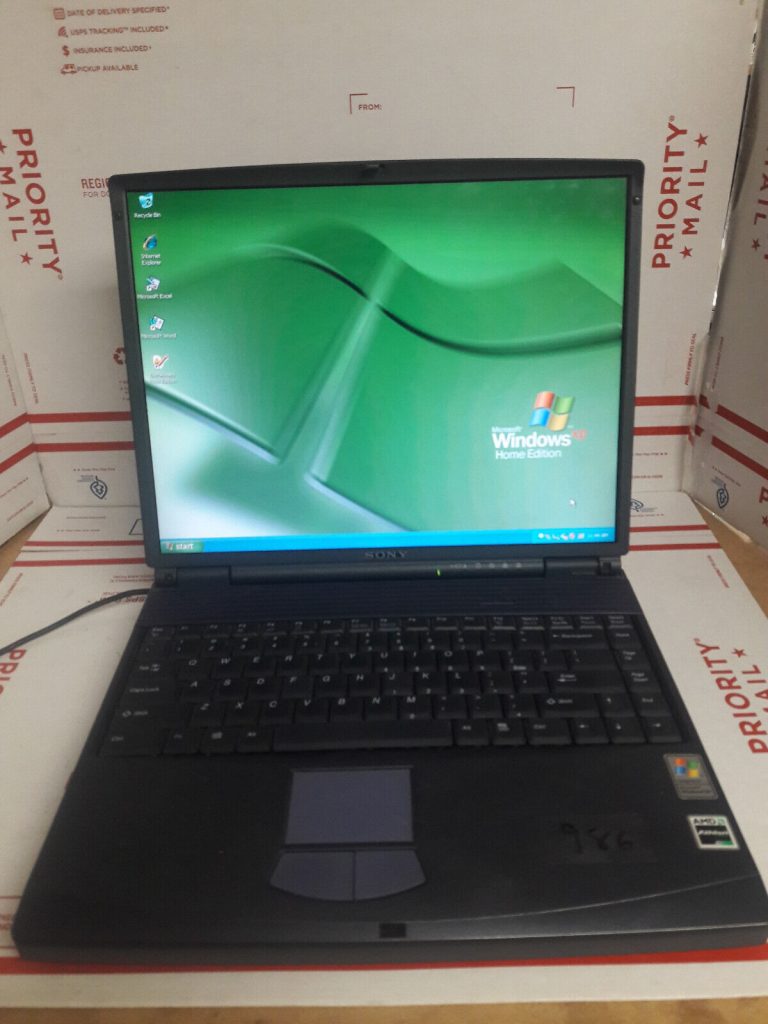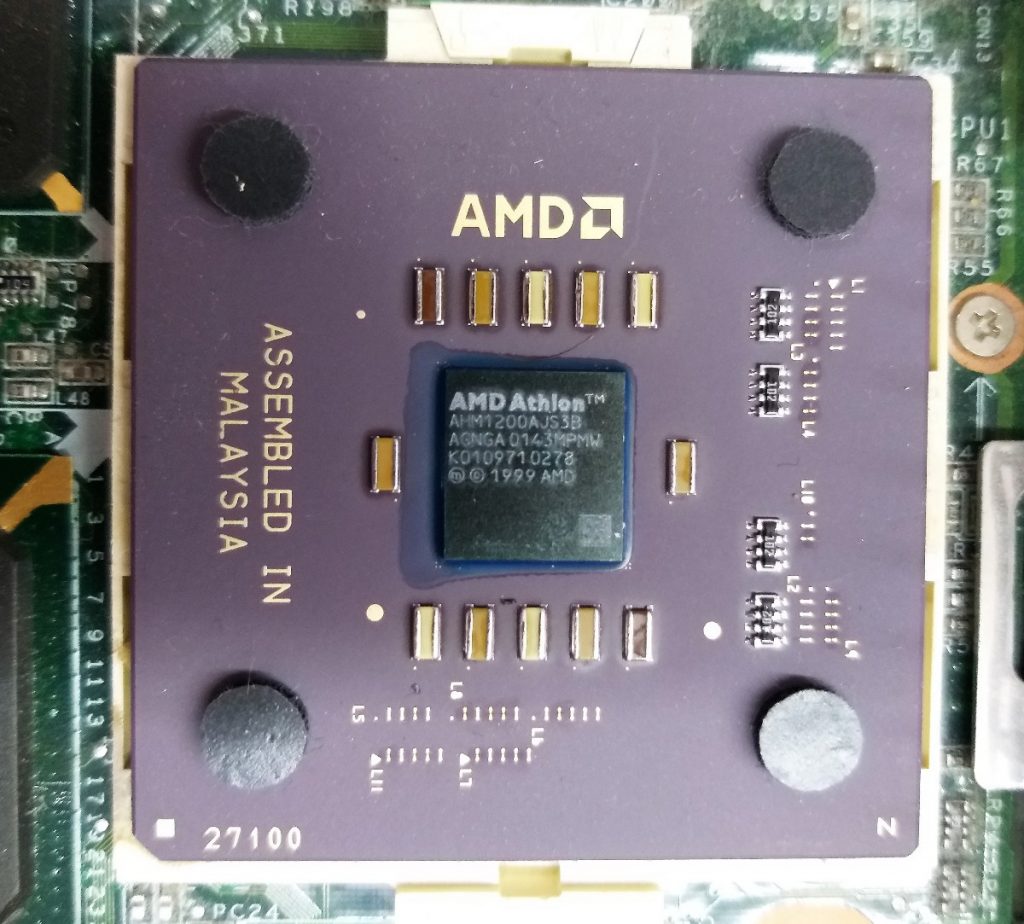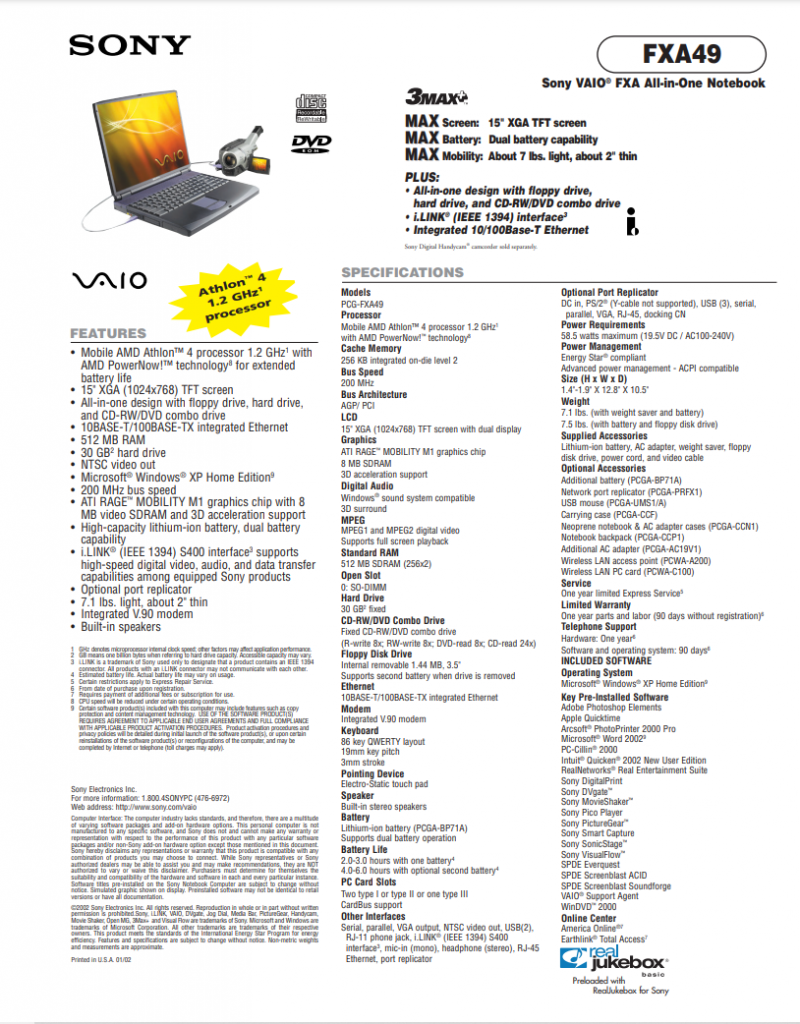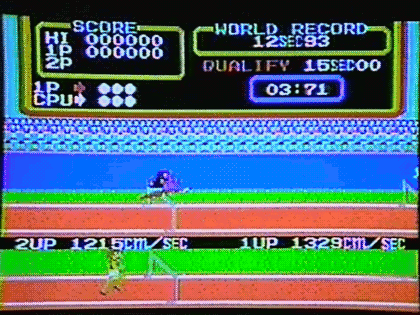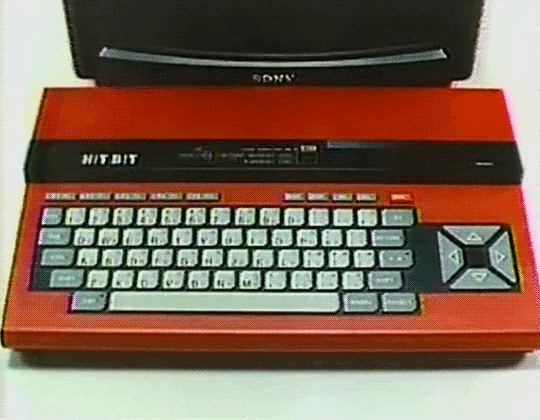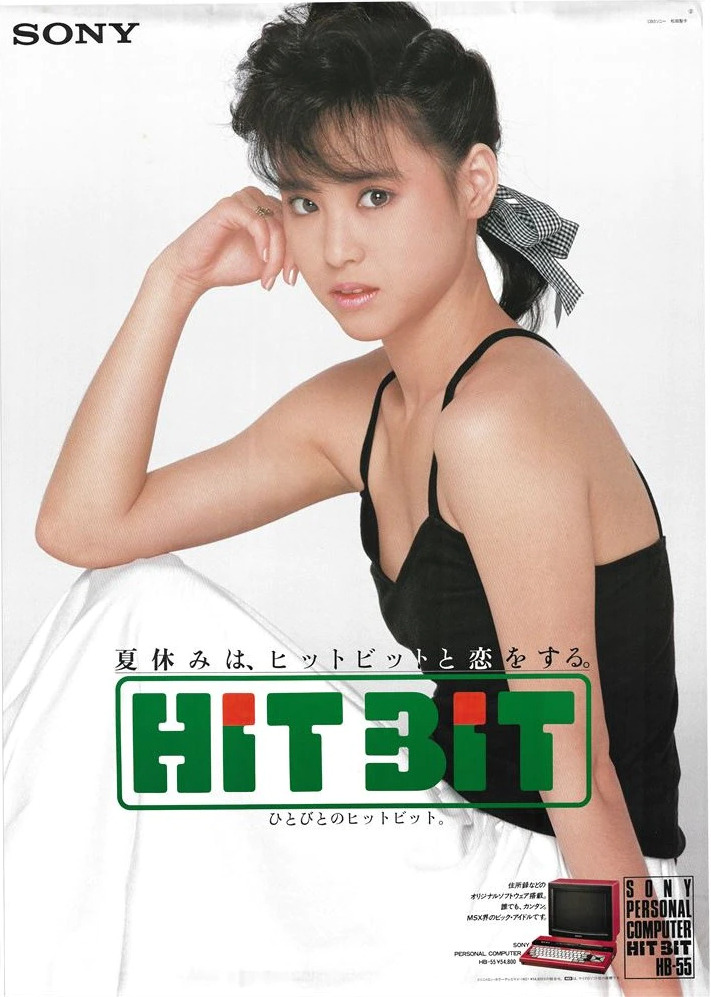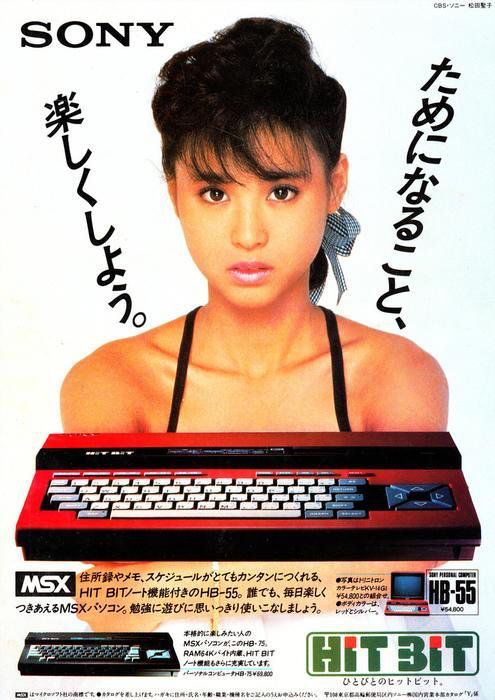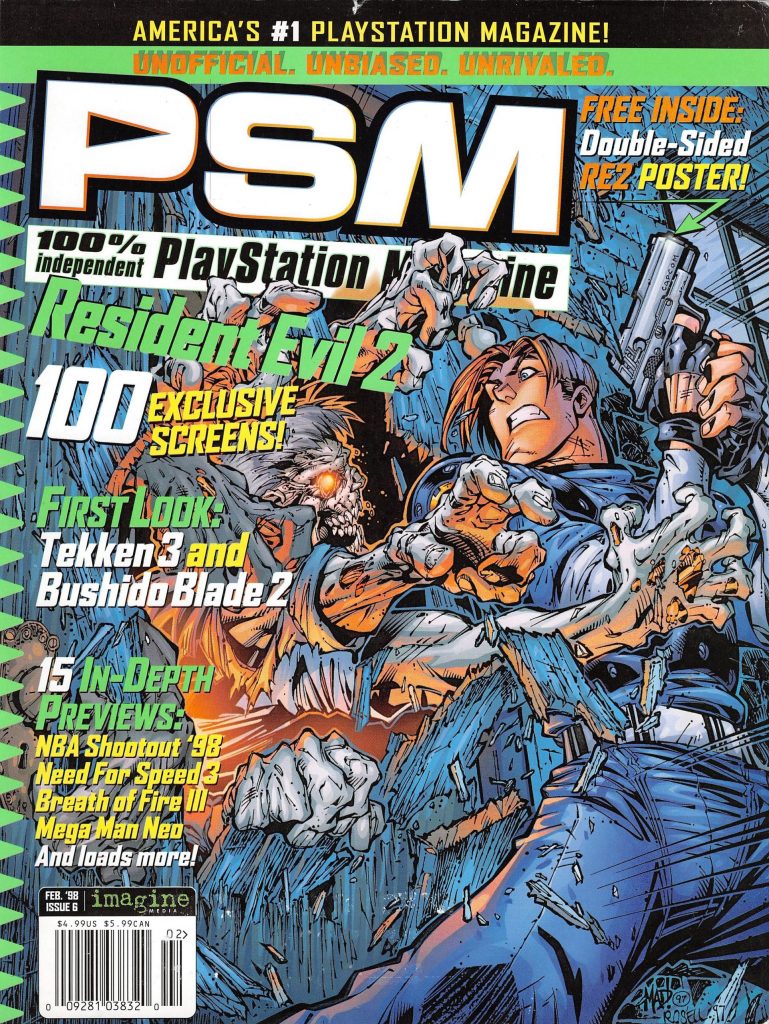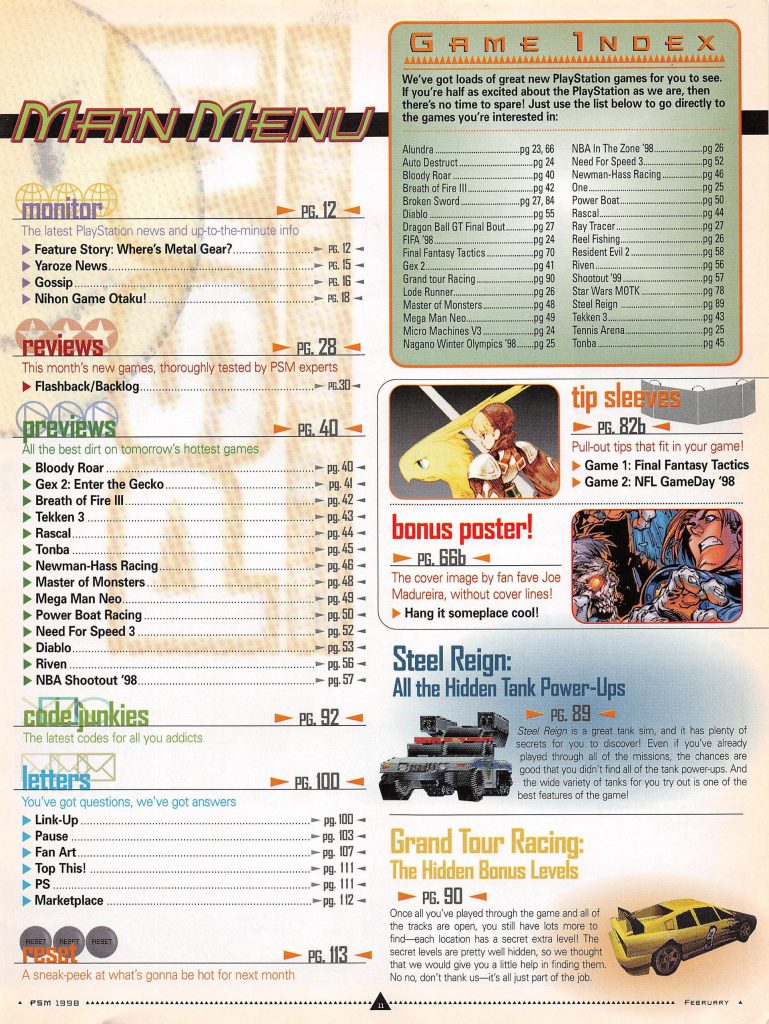It seems that all laptop makers like to use confusing model numbers. Sony seems to have been no different. This particular model is the Vaio PCG-FXA49. If there is anything to be derived from those seemingly random numbers and letters then I don’t know what it is. Except that I’m pretty sure every Vaio notebook ever made started with ‘PCG’.
Over the years Vaio notebooks ranged from bulky and thick to thin like most others. This one is somewhere in the middle but tends more towards the bulkier side. But somehow even the bulky models seem futuristic. Sony was always pretty good at that aesthetic. However, the hardware inside was always pretty middle of the road at best and I also think their notebooks and computers in general tended to be overpriced.
The PCG-FXA49 features:
- CPU: 1200 MHz Mobile Athlon 4
- Memory: 512MB PC100 SDRAM
- Video: ATI Rage Mobility P/M with 8MB (AGP 2X)
- Hard Drive: Hitachi DK23CA-30 (ATA-100, 30GB, 4200RPM, 2MB Cache)
- Optical Drive: Matsushita UJDA720 DVD/CDRW
While it has ethernet, one important thing it is missing is Wi-Fi. Fortunately, there are two cardbus slots so it is easy to add a wi-fi card.
Go here for more complete specs as reported by HWiNFO.
 Screen shot
Screen shot
The CPU is somewhat interesting and I have never used a computer with this particular model. The Mobile Athlon 4 turns out to have been in reality the first Athlon XP. It has the same Palomino core as the first desktop Athlon XPs. I think they went with the “Mobile Athlon 4” name to make it obvious that it was competing with the Pentium 4M (the mobile Pentium 4 variant). When AMD went to the next iteration with the Thoroughbred core, they renamed their mobile processor to the Mobile Athlon XP-M.
Being one of the first Athlon XP processors, this one is slower than any desktop variant at only 1200 MHz. It also has a slower bus speed than any desktop variant at 200 MHz whereas the desktop versions started at 266 MHz. This particular laptop also uses SDRAM and most desktop Athlon XPs would have used DDR (though there were some motherboards that could take regular SDRAM as well). However, these compromises helped lower the power requirements which is useful for laptops.

Block diagram from service manual
In terms of speed, the Mobile Athlon 4 probably fell somewhere between the Pentium III-M and the Pentium 4M. However, because the Mobile Athlon 4 was a cheaper chip, it was usually packaged with other cheaper components so as a whole, Mobile Athlon 4 based laptops were often slower and lower end.

Exploded parts diagram from service manual
The ATI Rage Mobility in this laptop is a pretty good demonstration of this. It was a common video solution on lower end laptops. It was at least a discreet graphics chip so it could certainly be worse but as far as mobile 3D cards of the time are concerned it was near the lower end. Also, the 4200 RPM drive is pretty slow. This speed was not uncommon in laptops but higher end laptops would have something faster. Then the screen itself is another example. This laptop has a fairly large and nice looking screen but the resolution is only 1024×768. Another compromise already mentioned above is the SDRAM. Many (though not all) Pentium 4M based laptops used DDR memory.
Still, the Mobile Athlon 4 was certainly competitive and the desktop Athlon XP would beat out the desktop Pentium 4 for a while. It was really the slightly later Pentium M and its lower power use that was difficult for AMD to compete with. Even when AMD has been competitive or even beat out Intel on the Desktop, Intel has always dominated the mobile market. That seems to be true even today.
The 32-bit single core CPU and a maximum memory capacity of 512MB really kill this laptop for any modern usage, at least if you want to use a modern OS or web browser. However, it can still crunch tasks for both Einstein@home and MilkyWay@home and probably other BOINC projects as well, even with only 512 MB of RAM, though it certainly won’t break any speed records. Click the links above to see how this laptop is doing or check out FreeDC.
